Integrating Class 1 Sound Level Meter
Your Complete Solution with ST-12D
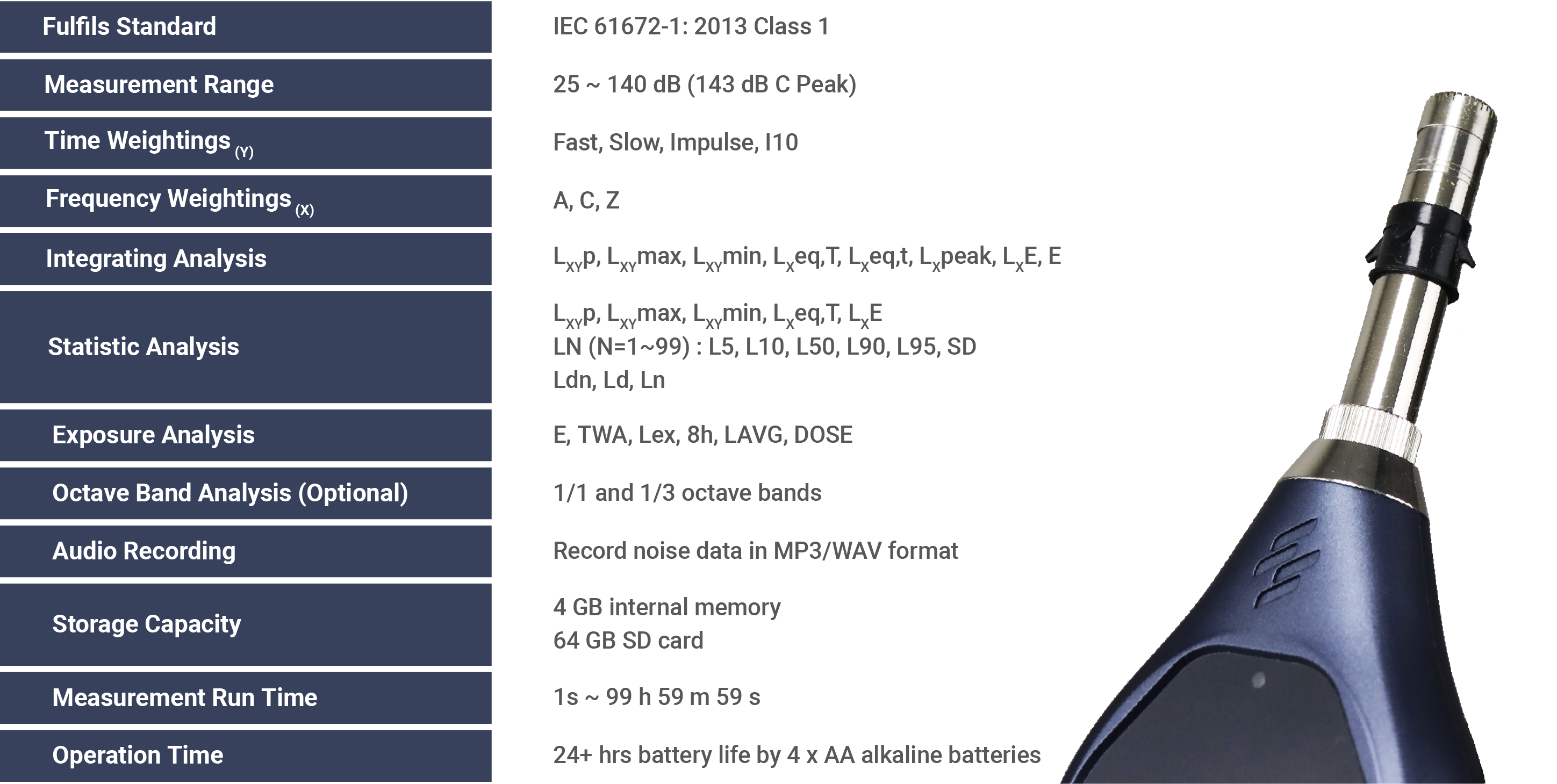
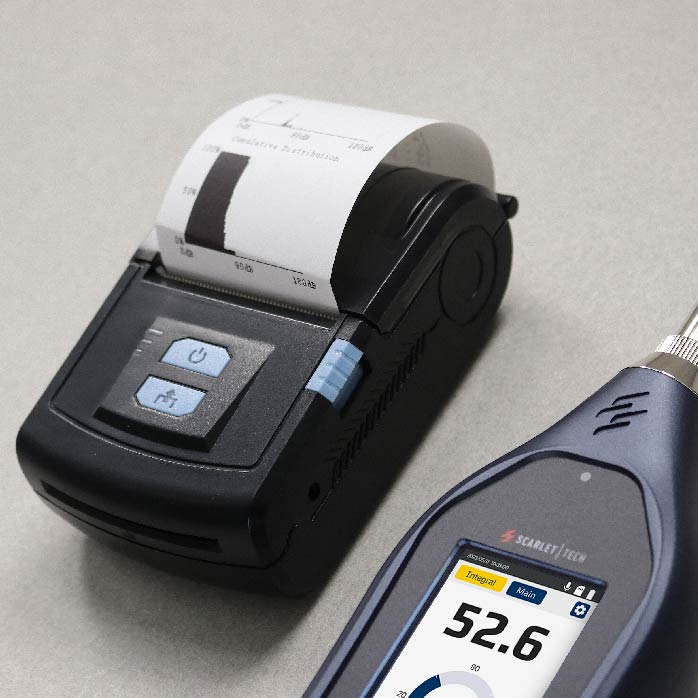
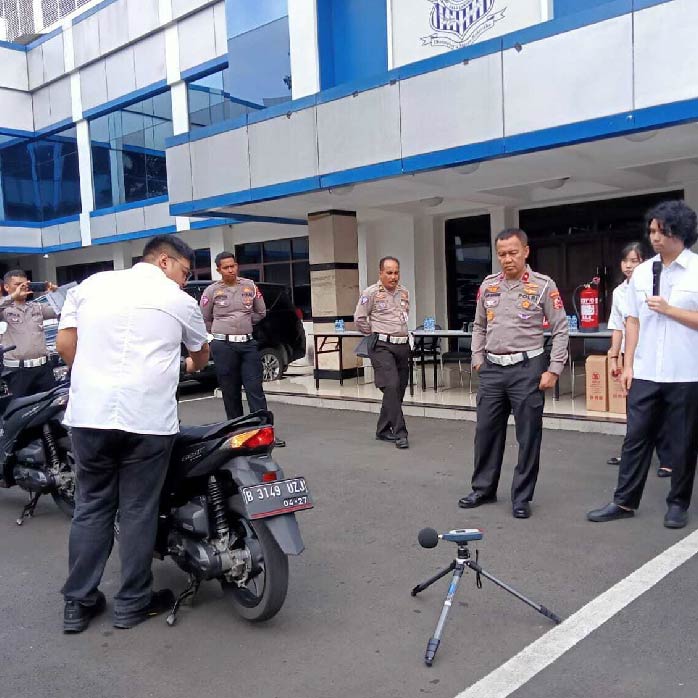
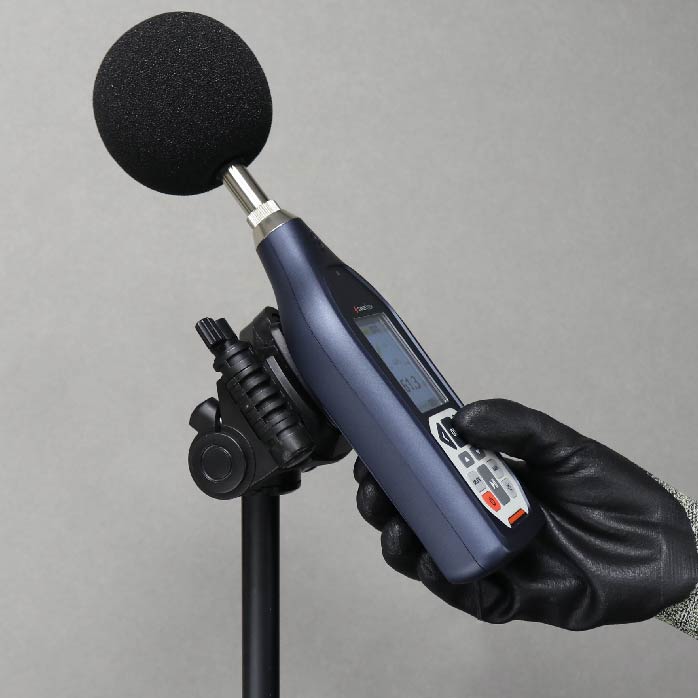
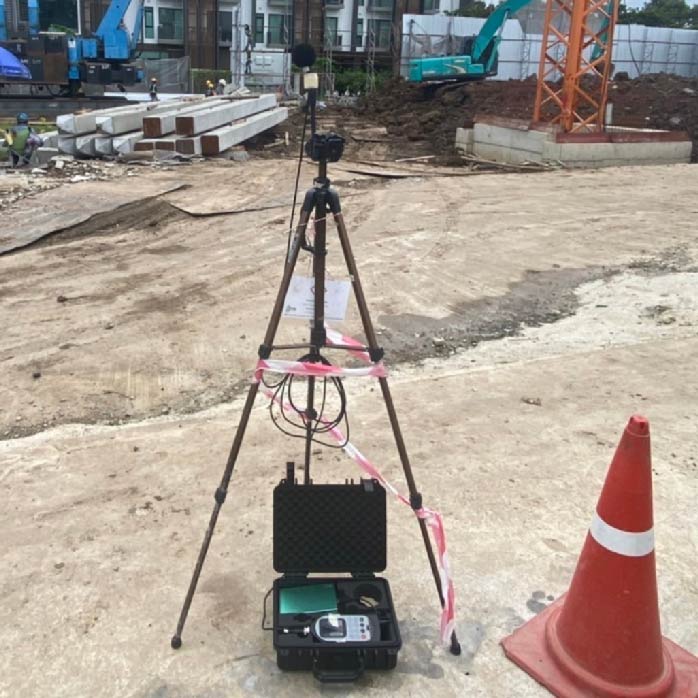
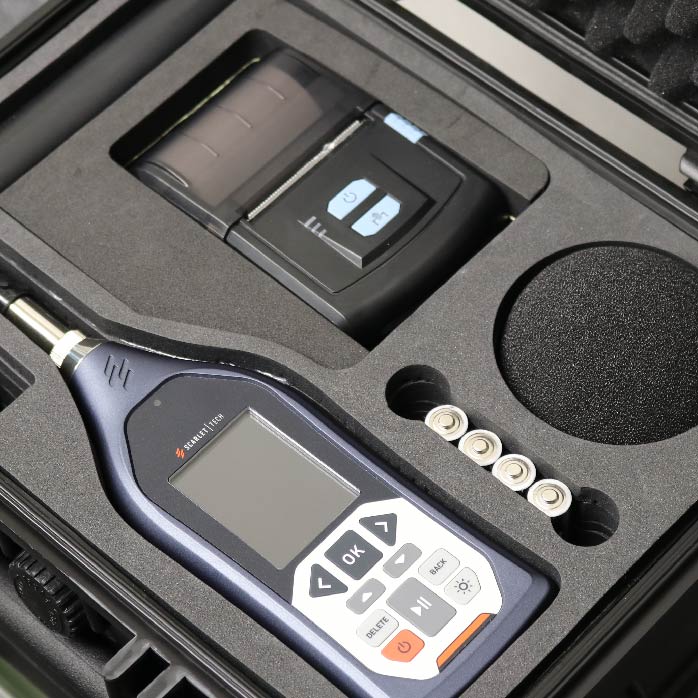
ST-12D Class 1 Sound Level Meter

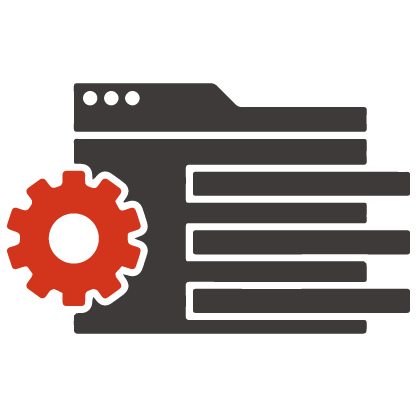


Noise Monitoring Has Never Been Simpler
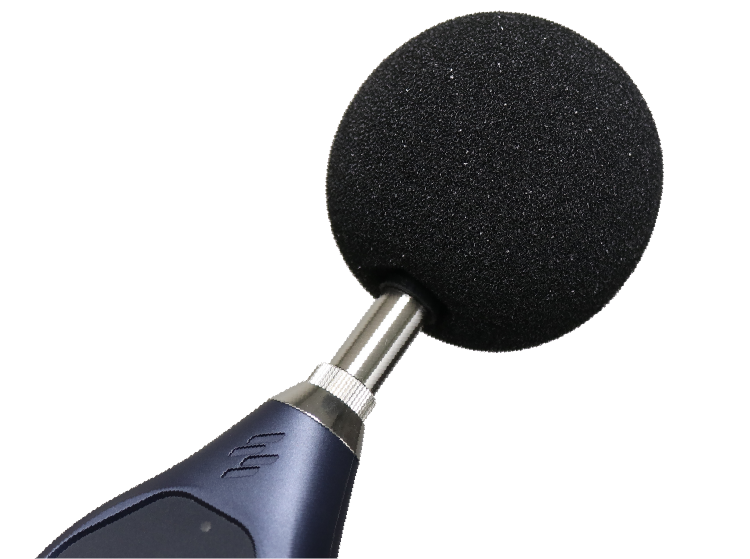
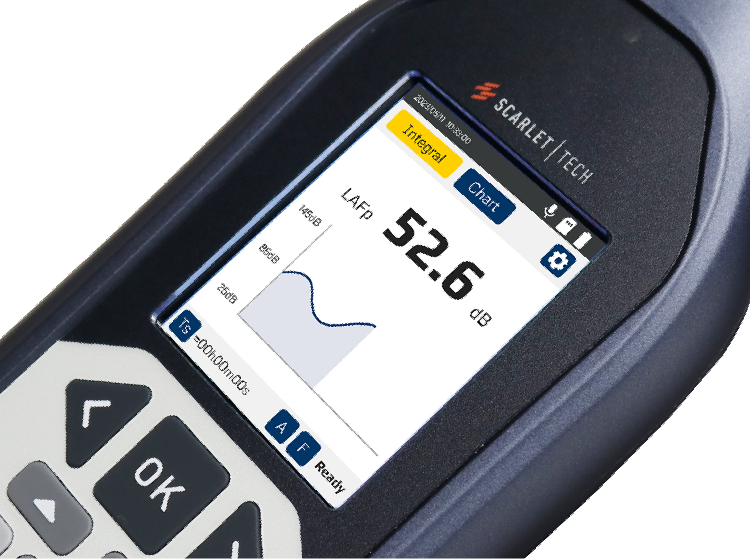
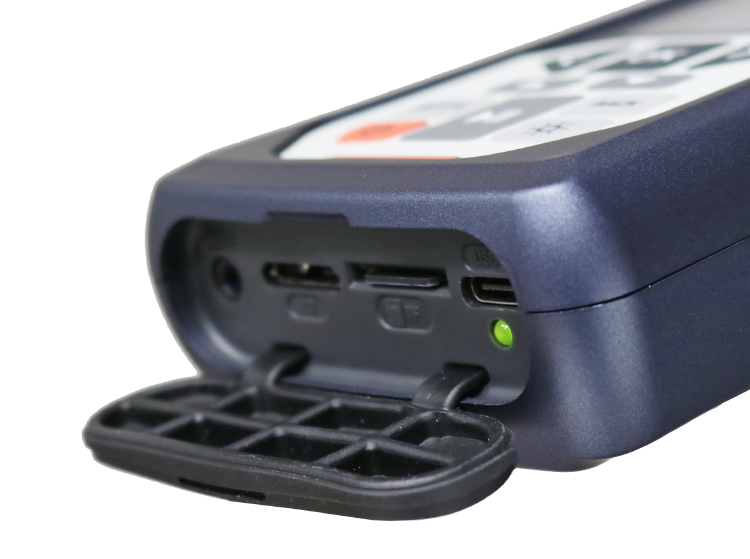
Audio Recording
Audio Recording
Easy
Data Management
Easy Data Management
Optional 1/1 & 1/3 Octave Band Analysis
Optional 1/1 & 1/3 Octave Band Analysis
On-the-Go
Waterproof Case
On-the-Go
Waterproof Case
Essential Add-Ons
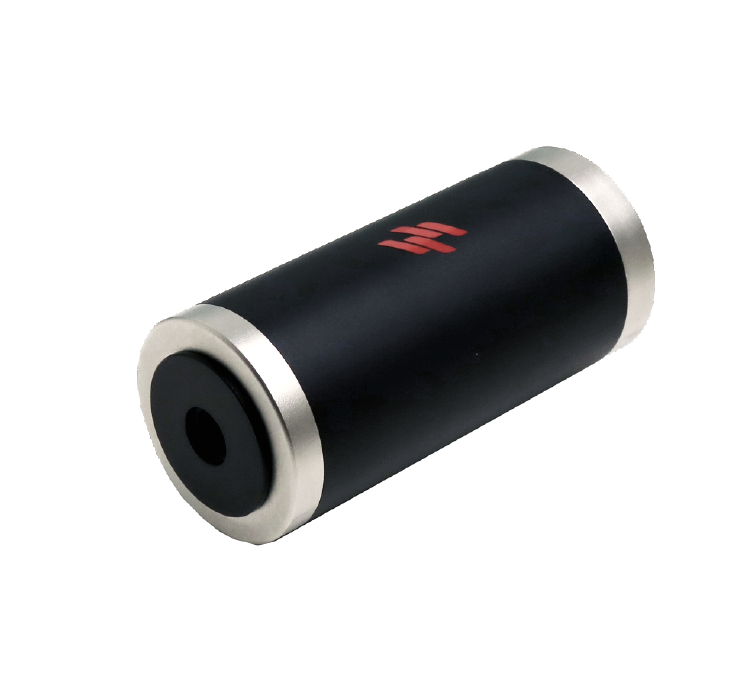
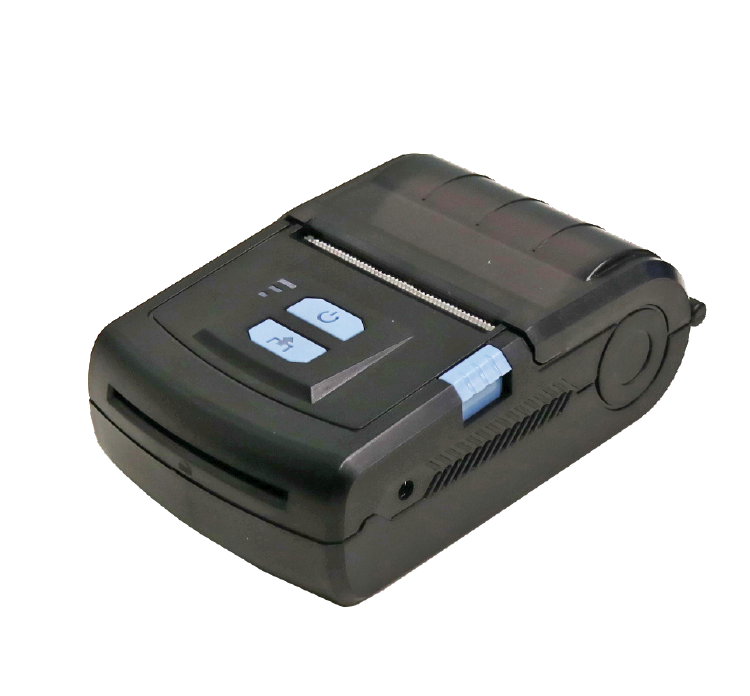
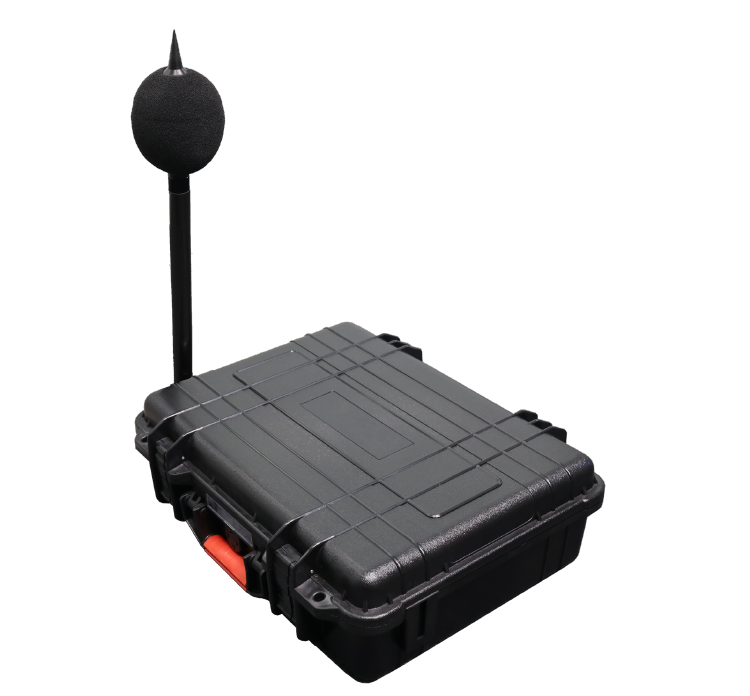
Specifications
| Fulfils Standard | IEC 61672-1: 2013 Class 1 IEC-61672-2 |
| Dimensions | 250 × 76 × 33 mm |
| Weight | 340 g |
| Display | 2.4-inch 240 × 320 pixel full-color display Adjustable brightness & backlight can be turned off |
| Display Resolution | 0.1 dB |
| Refresh Rate | 0.5 s |
| Main Parameters of Measurement | LXYp, LXYmax, LXYmin, LXeq, LXeq,T, LXeq,t, LXpeak, L5, L10, L50, L90, L95, SD, Ld, Ln, Ldn, SEL, LXE, E, TWA, Lex, 8h, LAVG, DOSE X = A, C, Z Y = F, S, I, I10 |
| Measurement Range | 25 ~ 140 dB (143 dB C Peak) |
| Accuracy | ± 0.5 dB |
| Frequency Range | 10 Hz ~ 20 kHz |
| Frequency Weighting | A, C, Z |
| Time Weighting | F, S, I, I10 |
| Integrating Time | 1s ~ 99 h 59 m 59 s |
| Audio Recording | Record noise data in MP3/WAV format Synchronize/Trigger mode Sampling rate: 12 kHz, 24 kHz, 48 kHz / 16 bit, 24 bit |
| Storage Capacity | 4 GB internal memory 64 GB SD card |
| Output Interface | USB type-C, Bluetooth, AC/DC signal, Serial |
| Power Supply | 4 x AA alkaline batteries External power supply (USB type-C adapter): 5V, 1A |
| Operation Time | Max 24hrs by 4 x AA alkaline batteries (The operation time varies depending on the device settings and battery type)" |
| Operation Environment | Working temperature: -20 ~ 60 °C Relative humidity: 20% ~ 90% |
A Class 1 Sound Level Meter is a noise measurement instrument that meets the requirements of IEC 61672-1:2002 (or an equivalent such as BS EN 61672-1:2003) to Class 1 performance.
This standard specifies two levels of performance, Class 1 and Class 2, with Class 1 being effectively more accurate. Within the standard are a set of performance criteria that an instrument must meet and each of these has a tolerance associated with it. The tolerances for Class 1 are tighter than for Class 2. For example, at the reference frequency of 1kHz, the tolerance limits for Class 1 are +/- 1.9dB and for Class 2 the tolerance is +/- 2.2dB.
A simple sound level meter that meets the standard may only provide Sound Pressure measurements whereas a much more sophisticated instrument may provide for the measurement of Sound Pressure, Leq and Peak Sound Pressure.For example, the Noise at Work Regulations which are used in the UK requires, as a minimum, the measurement of LAeq and LCPeak.
Whether you need a Class 1 or a Class 2 sound level meter will depend largely upon the application that you will be using the instrument for.
If you are working to an environmental noise standard then this may specify that the instrument should be Class 1. For example, ISO 20906:2009 “Unattended monitoring of aircraft sound in the vicinity of airports” states that “..shall conform to the electroacoustical performance specifications of IEC 61672-1 for a class 1 sound level meter.”
The Class 1 sound level meter tend to measure lower levels due the sensitivity of the microphone capsule. This is particularly relevant for environmental noise surveys where low noise levels are being measured. Finally, you may choose Type 1 for important legal applications as the evidence from the more accurate meter may be more convincing, even when the regulations do not demand it. Class 1 sound level meter is preferred for the design of cost-effective noise controls.
Our Customers
What Our Clients Say
TWL-1S’s friendly user interface has assisted me a lot in implementing the new occupational heat exposure prevention system in the field. This is one of the key elements to success.
Since Commencing the heat stress management program in November 2013, the project has not had a SINGLE CASE of a heat stress related illness despite air temperatures of 45 degrees.
Companies in Abu Dhabi should comply with EHSMS heat safety standards by adopting thermal work limit (TWL) for risk assessment of heat working environment.




















